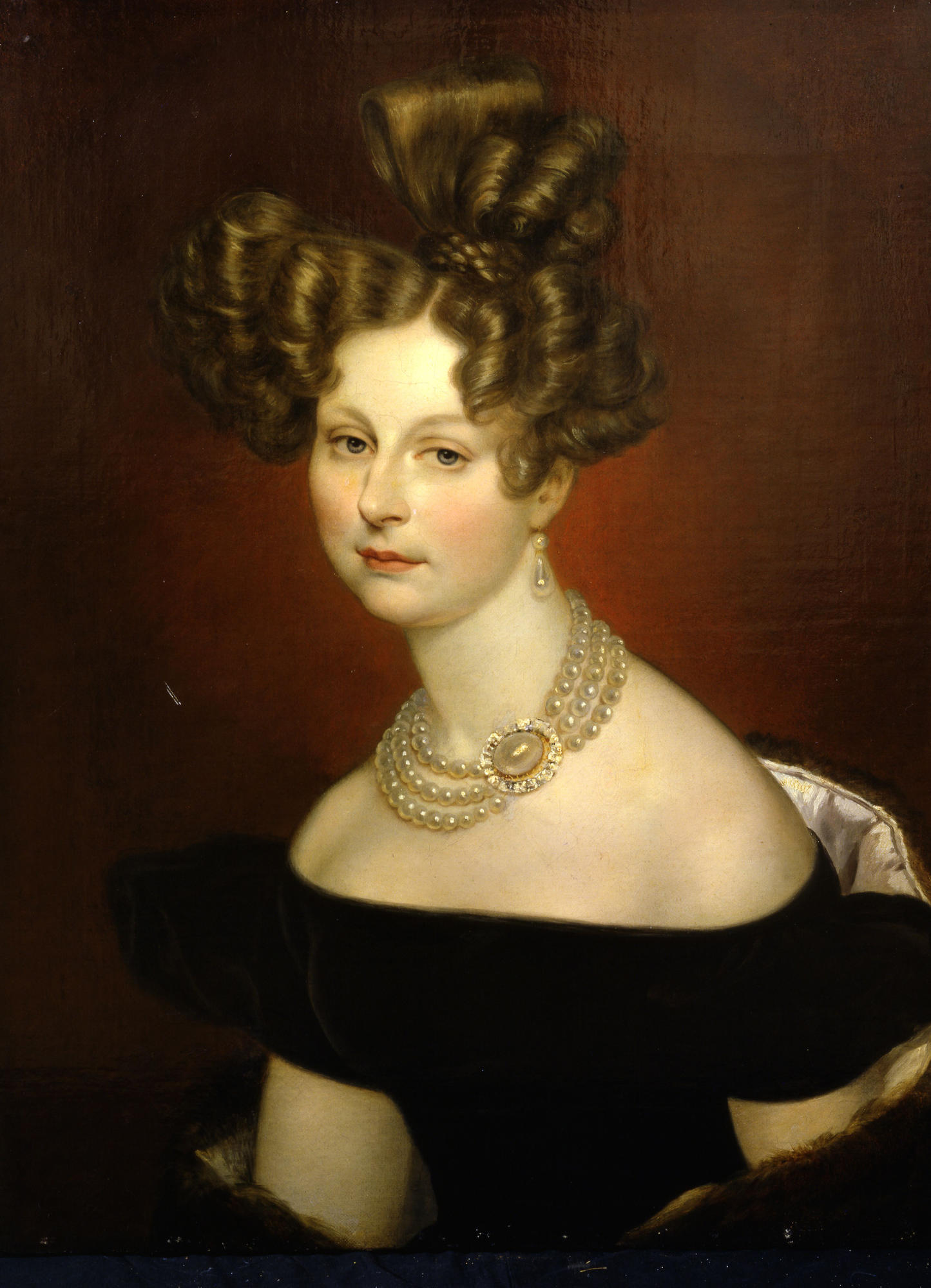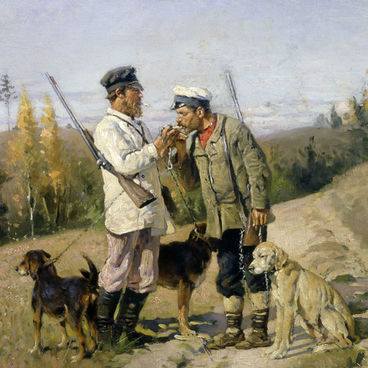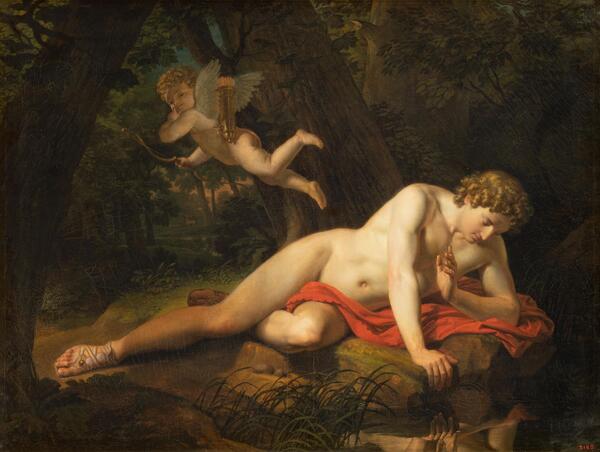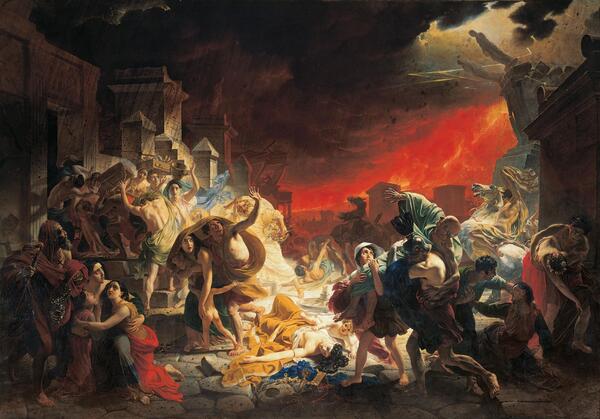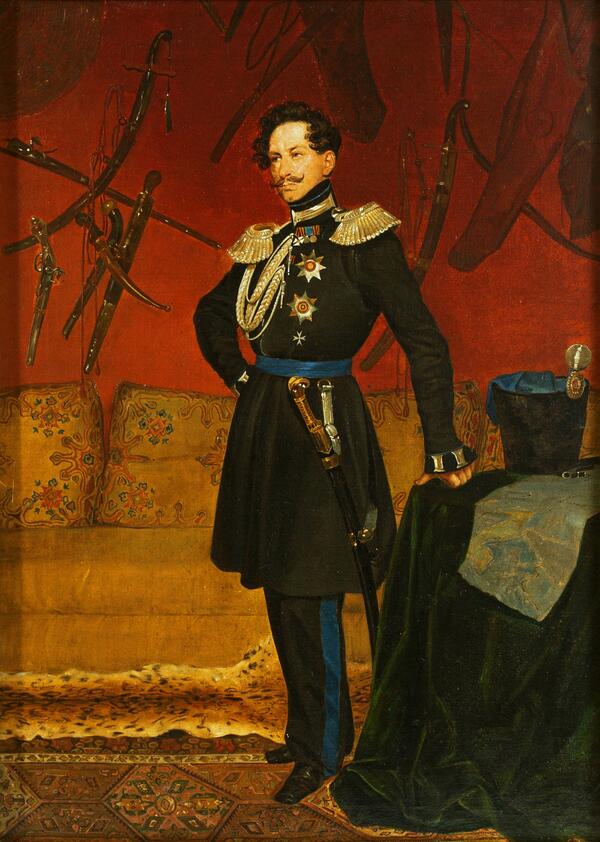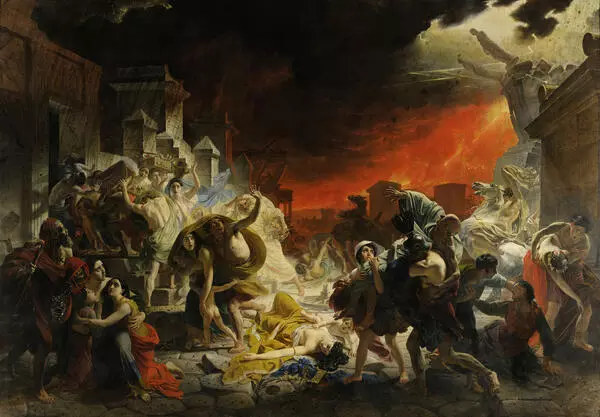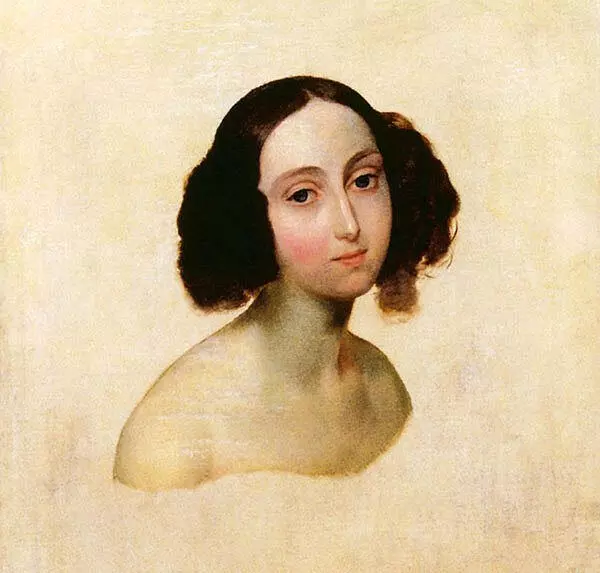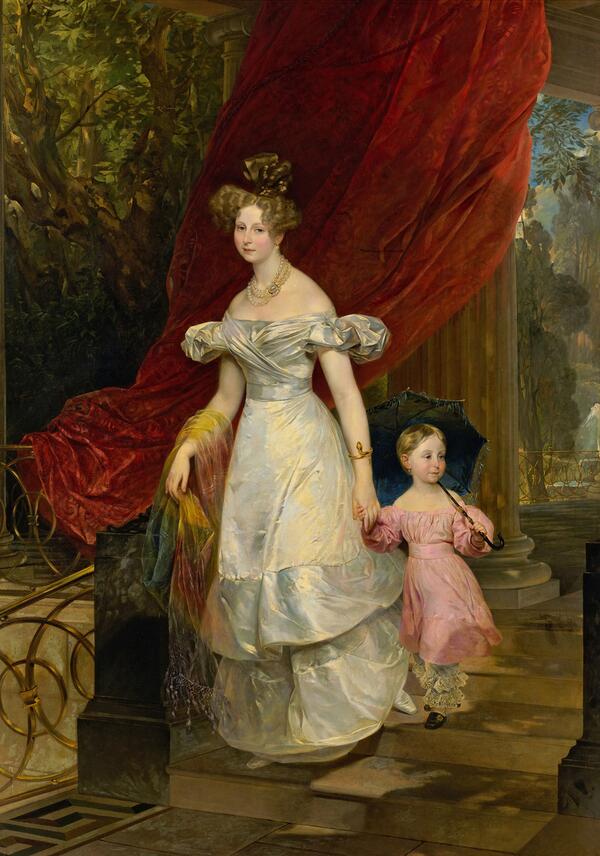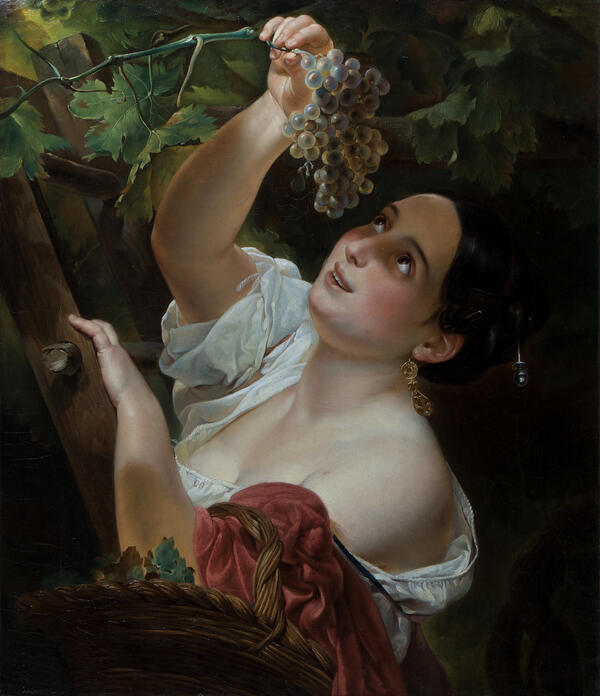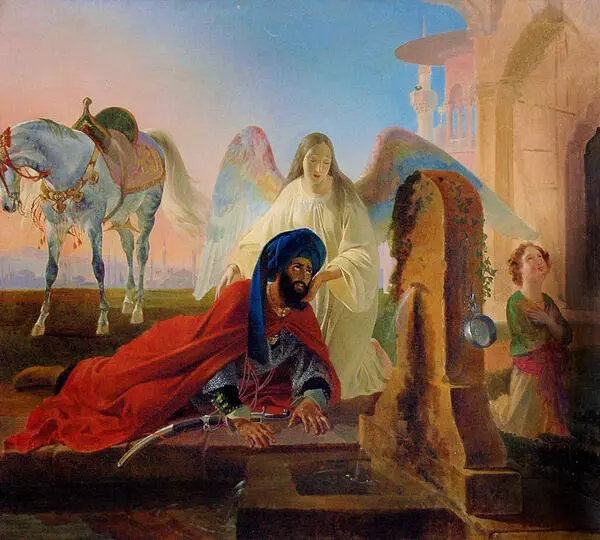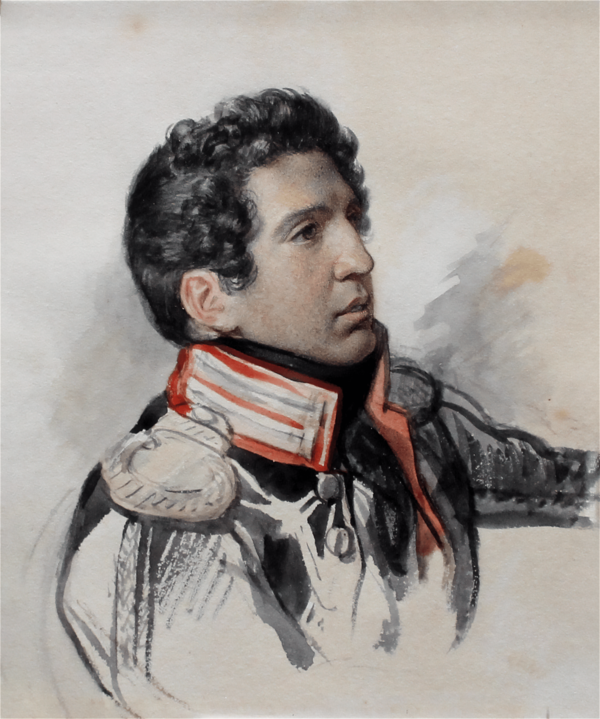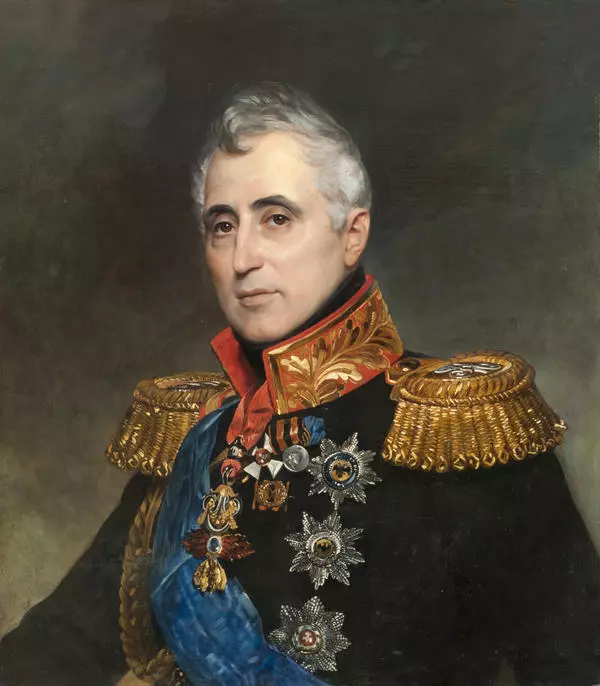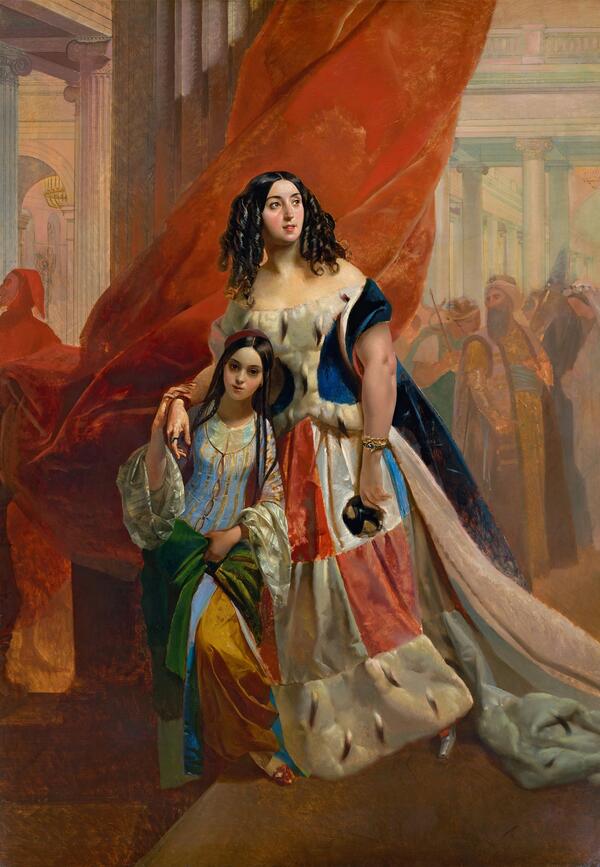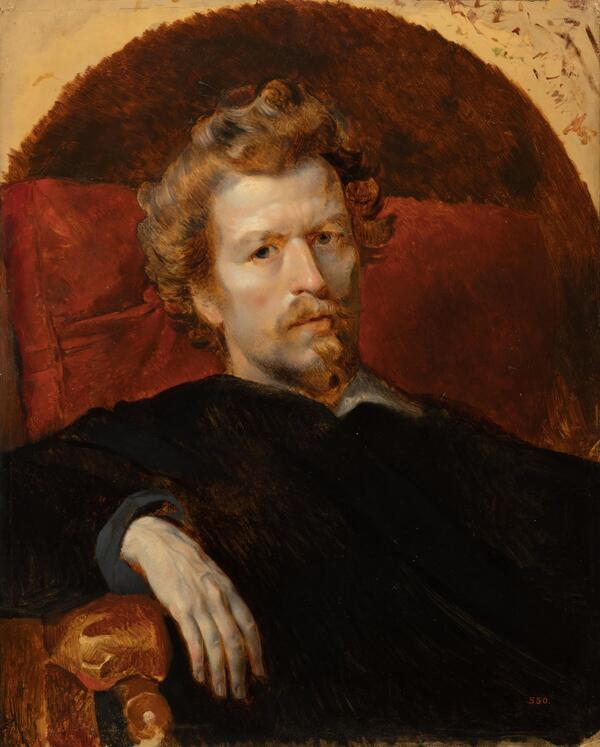In the 1820s artist Karl Byullov lived and worked in Rome, he spent more than 10 years in Italy, where he painted his famous The Last Day of Pompeii. The artist created grand portraits of Italian nobles and his own compatriots travelling in Italy. Chamber, grand, picture portraits – Bryullov had many orders to do. He sought to convey his customers’ inner world and character in his paintings.
The portrait of Grand Duchess Elena Pavlovna was created during her trip to Italy. The Grand Duchess met Karl Bryullov when he, along with other Russian artists, accompanied her on her tour of Vatican art gallery. The duchess commissioned the artist to do her full-length portrait and several copies of it. Bryullov also created her chest-high portraits and pictured Elena Pavlovna with her daughter. Today, some of these paintings made by the artist are exhibited at the Tretyakov Gallery and the Russian Museum
There is a group of portraits standing out in the artist’s oeuvre, where his characters are pictured during happy, bright moments in their lives, full of beauty, youth and health. The image of Grand Duchess Elena Pavlovna presented at the exhibition is one of such portraits. The artist sought to convey her attractiveness, femininity and youth.
The painting features the duchess with her body slightly turned sideways in an elegant manner, her head gracefully inclined. The curve of her body silhouette gives the image a touch of exquisite finesse. Elena Pavlovna’s black velvet dress and slender neckline stand out against the red background. Her shiny light-brown hair is arranged into a sophisticated hairdo. The duchess’s pearl earrings and other jewelry are masterfully painted, so is the smooth skin of her shoulders and neck.
Elena Pavlovna was a daughter of German Prince Paul of Württemberg. She was fond of art, interested in new developments in science and supportive of the abolition of serfdom. Contemporaries noted her education, wide scope of interest and democratic views. She was engaged in charity work, founded hospitals, orphanages, Sisters of Charity communities and patronized artists and musicians.
The portrait of Grand Duchess Elena Pavlovna was created during her trip to Italy. The Grand Duchess met Karl Bryullov when he, along with other Russian artists, accompanied her on her tour of Vatican art gallery. The duchess commissioned the artist to do her full-length portrait and several copies of it. Bryullov also created her chest-high portraits and pictured Elena Pavlovna with her daughter. Today, some of these paintings made by the artist are exhibited at the Tretyakov Gallery and the Russian Museum
There is a group of portraits standing out in the artist’s oeuvre, where his characters are pictured during happy, bright moments in their lives, full of beauty, youth and health. The image of Grand Duchess Elena Pavlovna presented at the exhibition is one of such portraits. The artist sought to convey her attractiveness, femininity and youth.
The painting features the duchess with her body slightly turned sideways in an elegant manner, her head gracefully inclined. The curve of her body silhouette gives the image a touch of exquisite finesse. Elena Pavlovna’s black velvet dress and slender neckline stand out against the red background. Her shiny light-brown hair is arranged into a sophisticated hairdo. The duchess’s pearl earrings and other jewelry are masterfully painted, so is the smooth skin of her shoulders and neck.
Elena Pavlovna was a daughter of German Prince Paul of Württemberg. She was fond of art, interested in new developments in science and supportive of the abolition of serfdom. Contemporaries noted her education, wide scope of interest and democratic views. She was engaged in charity work, founded hospitals, orphanages, Sisters of Charity communities and patronized artists and musicians.
